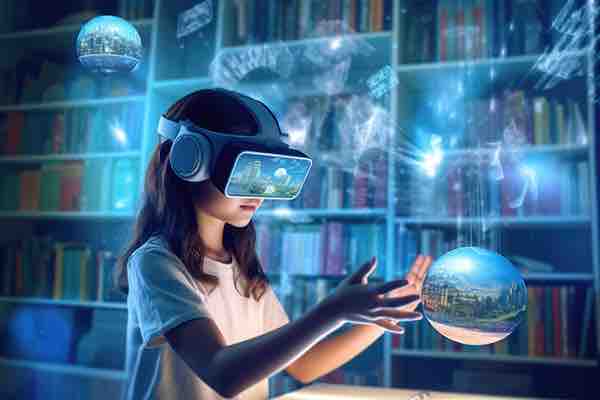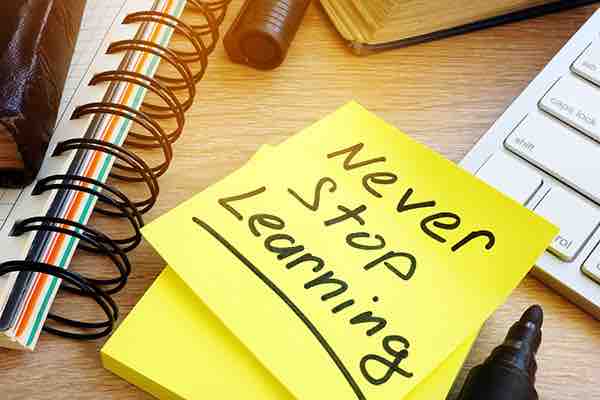The Future of Project-Based Learning

The future of project-based learning (PBL) is likely to be influenced by several key trends and developments:
- Technology Integration: The increasing integration of technology in education will continue to enhance project-based learning. Tools such as virtual reality, augmented reality, and various online collaboration platforms can provide more immersive and interactive experiences for students, allowing for more complex and engaging projects.
- Personalization and Adaptation: PBL is expected to become more personalized, catering to individual student’s interests, strengths, and learning styles. Adaptive learning technologies can help tailor projects to each student’s needs, making learning more effective.
- Interdisciplinary Approaches: The future of PBL may see a stronger emphasis on interdisciplinary projects that combine multiple subjects. This approach can provide a more holistic education and better prepare students for real-world problems, which often require multidisciplinary solutions.
- Emphasis on Soft Skills: PBL inherently promotes the development of soft skills like problem-solving, critical thinking, collaboration, and communication. These skills are increasingly valued in the modern workforce, and PBL’s role in developing them will likely be more recognized and emphasized.
- Global Collaboration: With the ease of global communication, PBL can involve collaboration across different countries and cultures. This can offer students a global perspective and help them develop skills for working in a globalized world.
- Assessment Evolution: Traditional grading systems may evolve to better accommodate and assess the outcomes of project-based learning. This could include more formative assessments and a focus on process and skill development rather than just final products.
- Increased Accessibility: Efforts to make PBL more accessible to students of all backgrounds, including those in under-resourced schools, are likely to increase. This might involve more affordable and accessible technology, as well as teacher training to implement PBL effectively.
- Real-World Connection: Projects may increasingly involve real-world problems and partnerships with businesses or community organizations. This can provide students with practical experience and a clearer understanding of how their learning applies in real-world scenarios.
- Sustainability and Social Responsibility: PBL might focus more on sustainability and social responsibility themes, reflecting growing global concerns about environmental and societal issues.
- Teacher Professional Development: As PBL becomes more prevalent, professional development for teachers in this area will likely expand, equipping educators with the skills and knowledge needed to effectively facilitate project-based learning.
Overall, the future of project-based learning looks promising, with advancements in technology and educational approaches making it more effective, engaging, and relevant to the needs of the 21st-century learner.
To learn more about the future of project-based learning, you can check out these sections:

PBL Trends and Predictions
Current and future trends in PBL, with a focus on technology integration and global collaboration

